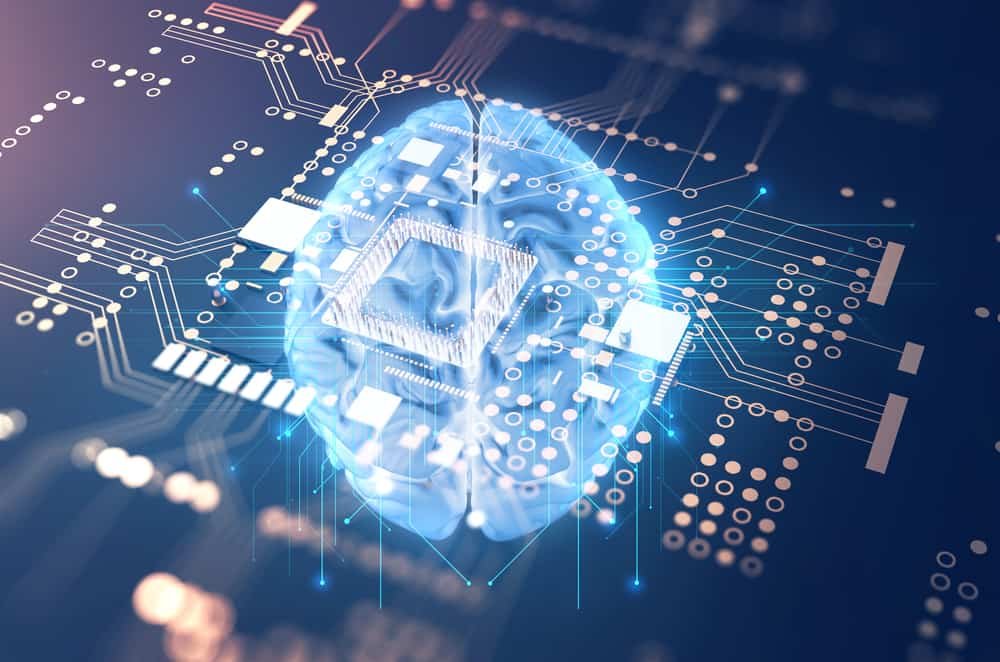AI + Blockchain are individually transforming industries. But when combined, they unlock a powerful synergy—intelligent automation with trustless infrastructure. This integration is rapidly evolving from theory to application, and a recent surge in AI-focused crypto tokens—worth over $10B in market cap—signals the shift.
In this article, we’ll explore:
- What AI + Blockchain means
- Real-world use cases
- Key challenges
- Examples of projects and protocols
- Market impact
- Future trends
What Does AI + Blockchain Integration Mean?
AI + Blockchain refers to embedding artificial intelligence agents directly into blockchain ecosystems. These agents perform autonomous on-chain tasks like:
- Executing smart contracts
- Making trading decisions
- Analyzing blockchain data
- Powering decentralized applications (dApps)
- Verifying identities and anomalies
Key Features:
- Trustless AI: No need to trust a single provider—AI operates on-chain under visible code.
- Autonomous Decision Making: AI agents can decide and act without human intervention.
- Data Integrity: Blockchain ensures tamper-proof data streams for AI to train and operate on.
Why Combine AI with Blockchain?
1. Decentralized Trust
AI models often act as black boxes. Blockchain provides auditability, version control, and transparency in decision-making.
2. Secure Data Usage
Sensitive data (medical, financial, identity) can be stored, verified, and used in training AI via privacy-preserving blockchains like Ocean Protocol or Secret Network.
3. Incentivized Learning
Blockchain-based tokens can reward data providers, annotators, or validators in collaborative AI environments (like Fetch.ai).
Use Cases of AI on Blockchain
Autonomous Trading Bots
AI agents can analyze market sentiment, price feeds, and historical data to trade cryptocurrencies autonomously via smart contracts.
Example: Numerai uses AI predictions to manage a hedge fund, while bots on platforms like dYdX trade autonomously.
✅ Smart Contract Automation
AI can audit and automatically execute complex contract logic based on predictive models.
Example: Deep learning agents are used to monitor supply chain contracts, releasing payments once AI confirms product delivery.
✅ Fraud Detection & Anomaly Tracking
Machine learning models analyze blockchain transactions in real-time to detect abnormal patterns (e.g., rug pulls, wash trades).
Example: Chainalysis and Elliptic use AI to combat illicit crypto transactions.
✅ Data Marketplaces
AI models require data. Blockchain ensures data contributors are fairly compensated.
Example: Ocean Protocol allows users to monetize data while preserving privacy.
✅ AI DAO (Decentralized Autonomous Organizations)
In DeFi and governance, AI agents act as DAO members—voting, proposing changes, managing funds, or executing strategies.
Example: Fetch.ai’s autonomous economic agents (AEAs) interact and negotiate without humans.
AI + Blockchain Integration Overview
Market Surge – The Rise of AI Tokens
Over the past year, AI crypto tokens have exploded in value. According to CoinGecko, the AI & Big Data category jumped over $10B in market cap as of mid-2025.
Top Tokens (2025):
| Token | Project | Use |
| AGIX | SingularityNET | Decentralized AI marketplace |
| FET | Fetch.ai | Autonomous agents and ML models |
| OCEAN | Ocean Protocol | Monetized data marketplaces |
| NUM | Numerai | AI-powered hedge fund |
| NEURO | Neurochain | On-chain neural networks (early stage) |
Key Challenges
1. On-chain Cost and Speed
Running AI models on-chain is expensive and slow. Layer 2 chains like Arbitrum and zkSync are helping, but full AI execution on-chain is still limited.
2. Model Explainability
Even if decisions are logged on blockchain, AI model reasoning remains a black box. There’s a need for explainable AI tools integrated with smart contracts.
3. Data Bias and Security
Decentralized data can be corrupted or biased. Garbage in = garbage out. There must be strong curation and validation systems.
4. Scalability of Agents
AI agents acting autonomously across networks need robust coordination protocols, memory management, and fail-safes to avoid misuse.
Blockchain-AI Workflow
Future Outlook
The AI + Blockchain fusion is still early but accelerating fast.
Predictions by 2026:
- On-chain AI marketplaces become mainstream
- DAOs run by AI agents handle funds and voting
- Personal AI wallets with blockchain-backed privacy
- AI-driven oracles for real-time predictive feeds (e.g., weather, stock, sports)
What is the AGIX economy? – SingularityNET
Examples of Live Projects
- SingularityNET: Create, share, and monetize AI services on Ethereum and Cardano.
- Fetch.ai: Decentralized machine learning infrastructure for autonomous services.
- Ocean Protocol: Data marketplace with privacy and auditability.
- Autonolas: Coordination layer for AI and multi-agent systems.
External reference:
